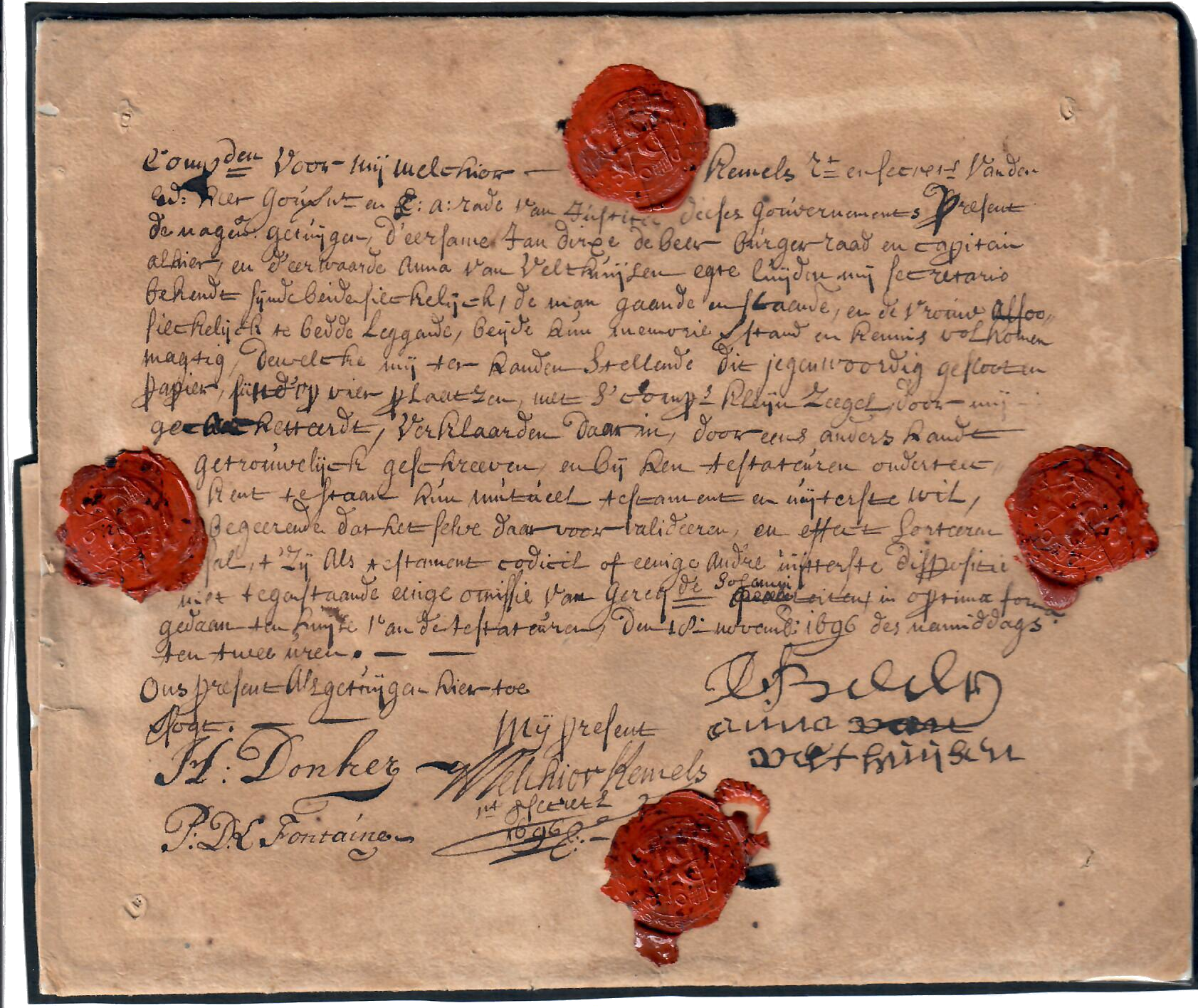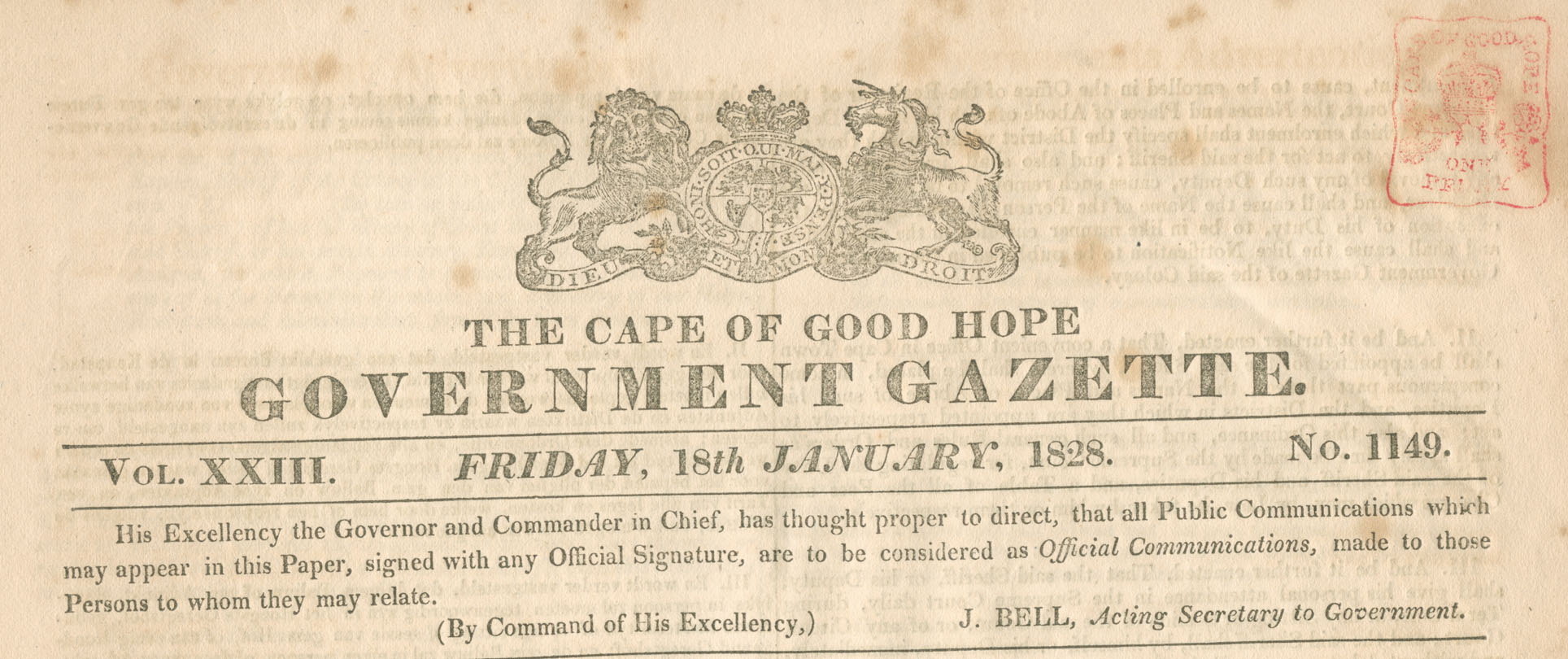Cape of Good Hope: Newspaper mail
Quote from yannisl on October 18, 2020, 1:37 pm@Johan64 Not my area, but the tax on newspapers was mainly a "British" thing and primarily an attempt to control publishing. By the time the ZAR Republic was established taxation on newspapers in the Cape was abolished, so I do not think the ZAR would have a need to tax newspapers.
The first Afrikaans newspaper though was "Die Afrikaanse Patriot" appeared in Paarl in the Western Cape on 15 January 1876.
If anyone is interested in OFS Revenues (not on documents), I have almost a complete series.
@Johan64 Not my area, but the tax on newspapers was mainly a "British" thing and primarily an attempt to control publishing. By the time the ZAR Republic was established taxation on newspapers in the Cape was abolished, so I do not think the ZAR would have a need to tax newspapers.
The first Afrikaans newspaper though was "Die Afrikaanse Patriot" appeared in Paarl in the Western Cape on 15 January 1876.
If anyone is interested in OFS Revenues (not on documents), I have almost a complete series.
Quote from britishhonduras on October 18, 2020, 6:10 pmFurther to the question on early adhesive stamps:
I classify the colourless embossed revenue stamps of CoGH into three categories. Category 1 is the VOC series (1711, 1714, 1750 and 1791 issues). Category 2 is the 1825 series in sterling, and category 3 is the colourless set issued in 1865 and bearing the head of Queen Victoria. There were three different types in this category.
It is not widely known that the 1881 coloured embossed licence stamps were not printed from the same dies as the colourless 1865 issue, although they employed the same three designs. New dies were produced for the inked (blue, red and yellow) stamps.
All three colourless categories are known used as adhesive stamps, but I have never seen any that predate the newspaper stamps.
I have not found an example of the VOC stamps used as an adhesive, but such examples exist and are late usages that would not predate the newspaper stamps.
All these stamps fail to excite the viewer at an exhibition as the design is almost invisible!
Further to the question on early adhesive stamps:
I classify the colourless embossed revenue stamps of CoGH into three categories. Category 1 is the VOC series (1711, 1714, 1750 and 1791 issues). Category 2 is the 1825 series in sterling, and category 3 is the colourless set issued in 1865 and bearing the head of Queen Victoria. There were three different types in this category.
It is not widely known that the 1881 coloured embossed licence stamps were not printed from the same dies as the colourless 1865 issue, although they employed the same three designs. New dies were produced for the inked (blue, red and yellow) stamps.
All three colourless categories are known used as adhesive stamps, but I have never seen any that predate the newspaper stamps.
I have not found an example of the VOC stamps used as an adhesive, but such examples exist and are late usages that would not predate the newspaper stamps.
All these stamps fail to excite the viewer at an exhibition as the design is almost invisible!
Uploaded files:Quote from britishhonduras on October 18, 2020, 6:12 pmHere is the evidence that the coloured embossed "licence" stamps were produced using new dies.
Here is the evidence that the coloured embossed "licence" stamps were produced using new dies.
Uploaded files:Quote from yannisl on October 19, 2020, 6:11 amI second the answer above. The newspaper stamps were the earliest "adhesives". However to make it clear, they were not postage stamps as there is no evidence of them having been used to pay postage.
The collection above is impressive, and as to "...exciting the viewer" one could try and scan the stamps and then reverse the colours and attach the images. They are really very well designed stamps. Embossing on the actual paper rather than on cut pieces had an advantage that the stamps could not fall off easily. This was very important on documents that had to be kept for many years such as deeds of transfers, land grants etc.
One question: during the early VOC period did wax seals serve the same purpose? See image below for a document permitting a silversmith to practice.
I second the answer above. The newspaper stamps were the earliest "adhesives". However to make it clear, they were not postage stamps as there is no evidence of them having been used to pay postage.
The collection above is impressive, and as to "...exciting the viewer" one could try and scan the stamps and then reverse the colours and attach the images. They are really very well designed stamps. Embossing on the actual paper rather than on cut pieces had an advantage that the stamps could not fall off easily. This was very important on documents that had to be kept for many years such as deeds of transfers, land grants etc.
One question: during the early VOC period did wax seals serve the same purpose? See image below for a document permitting a silversmith to practice.
Uploaded files:
Quote from britishhonduras on October 19, 2020, 10:36 amWhat a beautiful document!!!! The earliest documents I have are dated in the 1670s and bear no wax seals. They are land grants with numerous signatures. I assume that one required official authorisation to occupy land, but no payment of taxes is indicated. As you are aware the tax stamps were introduced in 1711. I have a number of documents dated after 1711 bearing VOC revenue stamps AND a wax seal, so I guess the seal was simply a mark of authorisation (like a rubber stamp today) and probably has no revenue significance.
What a beautiful document!!!! The earliest documents I have are dated in the 1670s and bear no wax seals. They are land grants with numerous signatures. I assume that one required official authorisation to occupy land, but no payment of taxes is indicated. As you are aware the tax stamps were introduced in 1711. I have a number of documents dated after 1711 bearing VOC revenue stamps AND a wax seal, so I guess the seal was simply a mark of authorisation (like a rubber stamp today) and probably has no revenue significance.
Quote from yannisl on October 19, 2020, 5:43 pm@britishhonduras Thanks. It is the oldest item I have from the VOC and you right the wax seal were just marks of authorization.
@britishhonduras Thanks. It is the oldest item I have from the VOC and you right the wax seal were just marks of authorization.
Quote from Underbidder on October 29, 2020, 10:07 amThis is my belated offering to this excellent thread. Thank you all so much for sharing the knowledge. This cover adds nothing new but I submit it because it is the next issue after one of the previous examples shown.
These Gazettes provide a good insight into the life of the Cape Colony under early British rule. The back of this issue has a reference to a 100 Rix-Dollar reward for the capture of a runaway slave called "JEPHTA" who escaped near Stellenbosch. Perhaps he attempted to make his way to Cape Hangklip where there was a small community of runaway slaves living precariously in the bush on the slopes of that great rock. Steve tells me that "Jephta" or variations of it is a relatively common surname among the 'Cape Coloured' community. Hopefully he survived.
This is my belated offering to this excellent thread. Thank you all so much for sharing the knowledge. This cover adds nothing new but I submit it because it is the next issue after one of the previous examples shown.
These Gazettes provide a good insight into the life of the Cape Colony under early British rule. The back of this issue has a reference to a 100 Rix-Dollar reward for the capture of a runaway slave called "JEPHTA" who escaped near Stellenbosch. Perhaps he attempted to make his way to Cape Hangklip where there was a small community of runaway slaves living precariously in the bush on the slopes of that great rock. Steve tells me that "Jephta" or variations of it is a relatively common surname among the 'Cape Coloured' community. Hopefully he survived.
Uploaded files:

